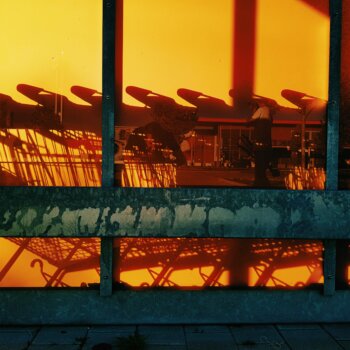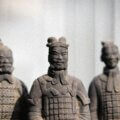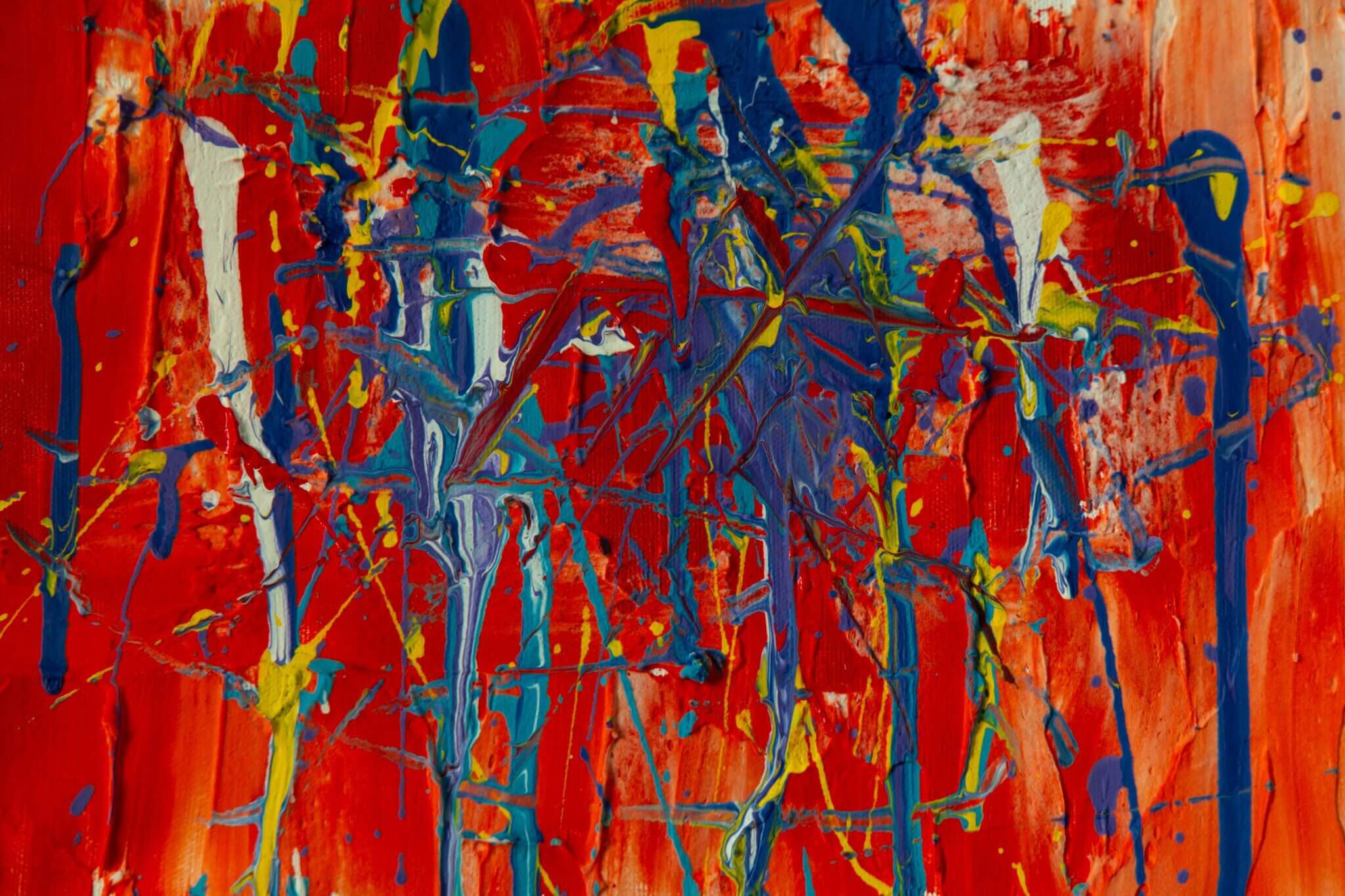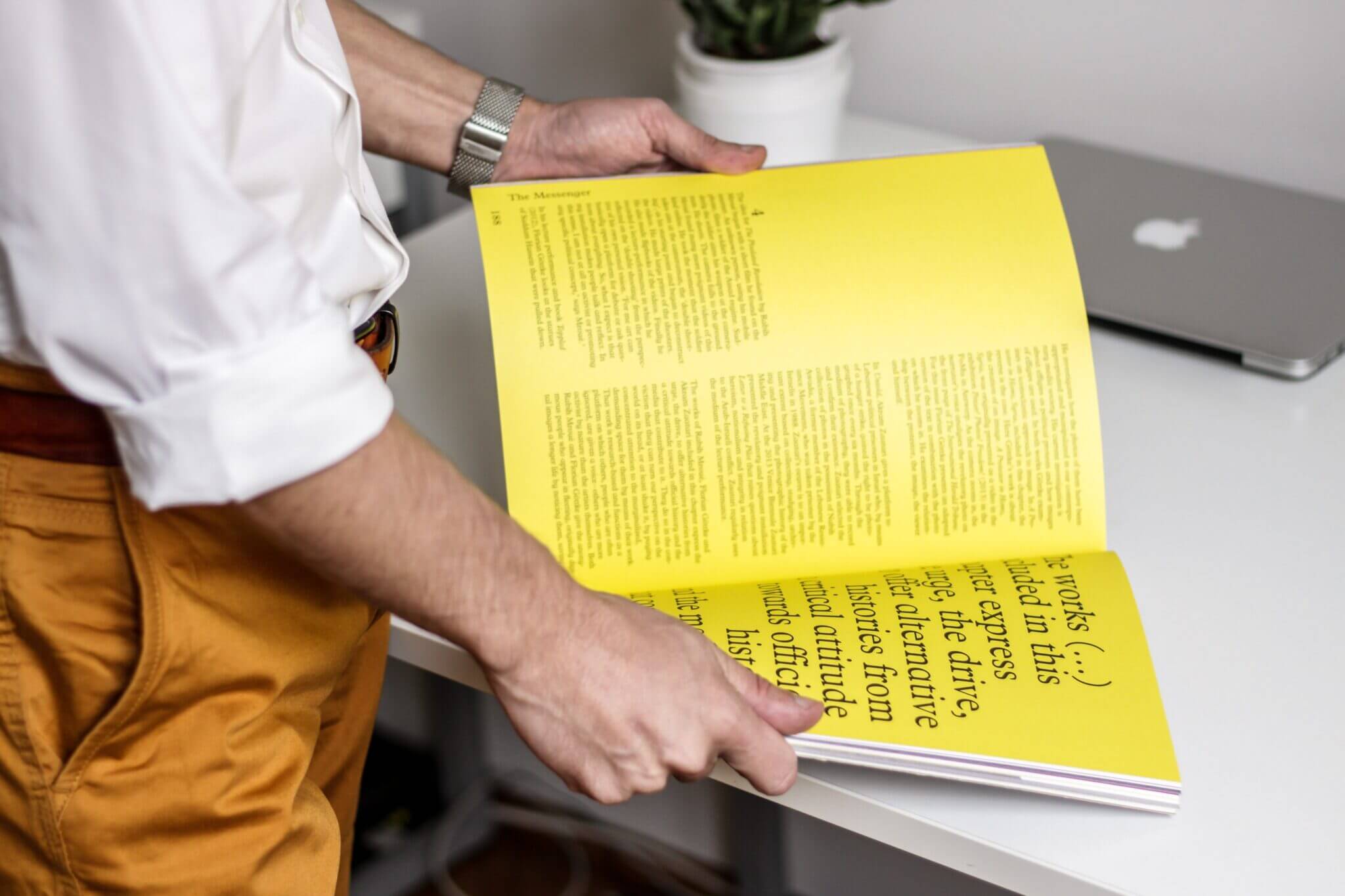Key Takeaway:
In 1967, French philosopher Guy Debord argued that we should not be passively consumed by images, but rather engage with them. The Situationist International movement, formed in 1957, aimed to create new ways to reflect on and experience cities as acts of resistance against profit-motivated capitalist structures. The group’s philosophy suggests that we should attune ourselves to the world we live in through our thoughts and senses. The 1960 Situationist Manifesto emphasized the importance of “psychogeography” and the value of drift, or “dérive,” in expressing our experiences. By understanding the Situationists’ philosophy, we can rediscover our cities and create our own path. Geo-tagging images on social media can inspire us to actively seek out new places and engage with traditional custodians. Detournement, or hijacking, involves learning about the world around us by interweaving ourselves with our histories. Urban art installations and environmental or civic rights groups can also contribute to detournment.
Do you remember what it was like to discover the magic of a city for the first time? Do you remember the noises, smells, flashing lights and pulsating crowds? Or do you mostly remember cities through the screen of your phone?
In 1967, French philosopher and filmmaker Guy Debord publicised the need to move away from living our lives as bystanders continually tempted by the power of images. Today, we might see this in a young person flicking from one TikTok to the next – echoing the hold images have on us. But adults aren’t adverse to this window-shopping experience, either.
Debord notes we have a tendency to observe rather than engage. And this is to our detriment. Continually topping-up our image consumption leaves no space for the unplanned – the reveries to break the pattern of an ordered life.
Debord was a member of a group called the Situationist International, dedicated to new ways we could reflect upon and experience our cities. Active for about 15 years, they believed we should experience our cities as an act of resistance, in direct opposition to the (profit-motivated) capitalistic structures that demand our attention and productivity every waking hour.
More than 50 years since the group dissolved, the Situationists’ philosophy points us to a continued need to attune ourselves – through our thoughts and senses – to the world we live in. We might consider them as early eco-warriors. And through better understanding their philosophy, we can develop a new relationship with our cities today.
Understanding the ‘situation’
The Situationist International movement was formed in 1957 in Cosio di Arroscia, Italy, and became active in several European countries. It brought together radical artists inspired by spontaneity, experimentalism, intellectualism, protest and hedonism. Central figures included Danish artist Asger Jorn, French novelist Michèle Bernstein and Italian musician and composer Walter Olmo.
The Situationists were driven by a libertarian form of Marxismthat resisted mass consumerism. One of the group’s early terms was “unitary urbanism”, which sought to join avant-garde art with the critique of mass production and technology. They rejected “urbanism’s” conventional emphasis on function, and instead thought about art and the environment as inexorably interrelated.

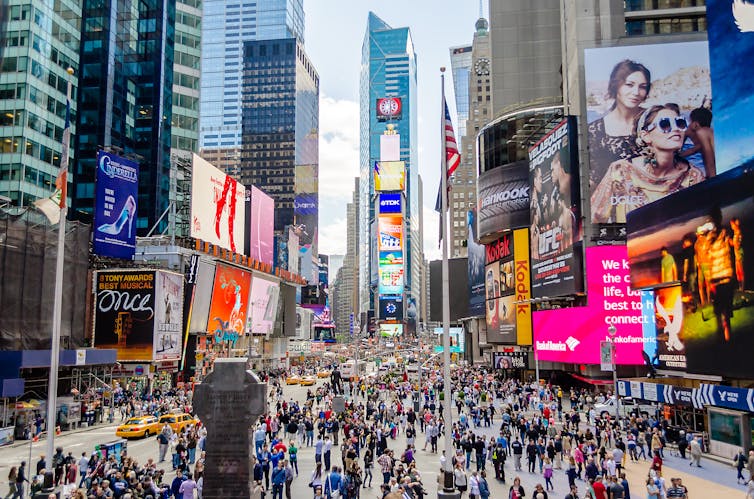
By rebelling against the invasiveness of consumption, the Situationists proposed a turn towards artistically-inspired individuality and creativity.
Think on your own two feet
According to the 1960 Situationist Manifesto we are all to be artists of our own “situations”, crafting independent identities as we stand on our own two feet. They believed this could be achieved, in part, through “psychogeography”: the idea that geographical locations exert a unique psychological effect on us.
For instance, when you walk down a street, the architecture around you may be deliberately designed to encourage a certain kind of experience. Crossing a vibrant city square on a sunny morning evokes joy and a feeling of connection with others. There’s also usually a public event taking place.

The Situationists valued drift, or dérive in French. This alludes to unplanned movement through a landscape during journeys on foot. By drifting aimlessly, we unintentionally redefine the traditional rules imposed by private or public land owners and property developers. We make ourselves open to the new unexpected and, in doing so, are liberated from the shackles of everyday routine.
In our research, my colleagues and I consider cities as places in which “getting lost” means exposing yourself to discovering the new and taken-for-granted.
Forge your own path
By understanding the Situationists – by looking away from our phones and allowing ourselves to get lost – we can rediscover our cities. We can see them for what they are beneath the blankets of posters, billboards and advertisements. How might we take back the image and make it work for us?
The practise of geo-tagging images on social media, and sharing our location with others, could be considered close to the spirit of the Situationists. Although it’s often met with claims of over-fuelling tourism (especially regarding idyllic or otherwise protected sites), geo-tagging could inspire us to actively seek out new places through visiting the source of an image.
This could lead to culturally respectful engagement, and new-found respect for the rights of traditional custodians as we experience their lands in real life, rather than just through images on our phones.

Then there are uniquely personal and anarchistic forms of resistance, wherein we can learn about the world around us by interweaving ourselves with our histories. In doing so we offer a new meaning to a historical message, and a new purpose. The Situationists called this process détournement, or hijacking.
For instance, from my grandfather I inherited a biscuit tin of black and white photographs I believe were taken in the 1960s. They showed images of parks and wildlife, perhaps even of the same park, and cityscapes of London with people, streets and buildings.
I have spent many hours wandering the London streets tracking down the exact places these images were snapped. I was juxtaposing past with present, and experiencing both continuity and change in the dialogues I had with my grandfather. In this way, I used images to augment (rather than replace) my lived experience of the material world.
Urban art installations can also be examples of detournment as they make us re-think everyday conceptions. Forgotten Songs by Michael Hill is one such example. A canopy of empty birdcages commemorates the songs of 50 different birds once heard in central Sydney, but which are now lost due to habitat removal as a result of urban development.

There are also a number of groups, often with a strong environmental or civic rights focus, that partake in detournment. Reclaim the Streets is a movement with a long history in Australia. The group advocates for communities having ownership of and agency within public spaces. They may, for instance, “invade” a highway to throw a “road rave” as an act of reclamation.
As French avant-garde philosopher Gaston Bachelard might have put it, when we’re bombarded by images there is no space left to daydream. We lose the opportunity to explore and question the world capitalism serves us through images.
Perhaps now is a good time to set down the phone and follow in the Situationists’ footsteps.










